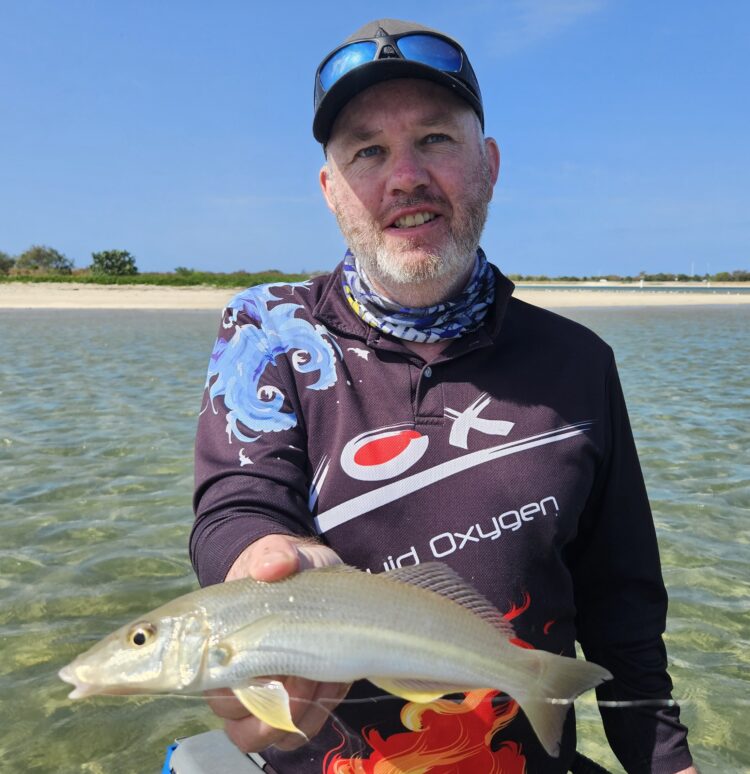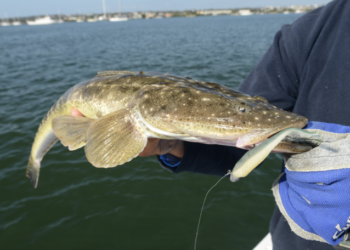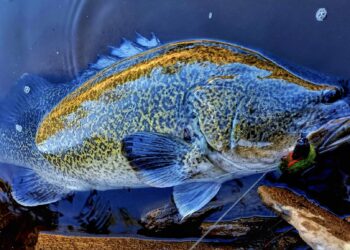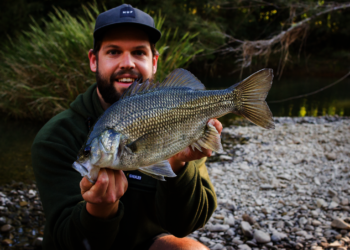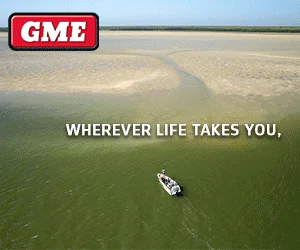ONE of the first things you notice about the Gold Coast Broadwater is that it’s an estuary system that absorbs an enormous amount of human pressure.
More than 750,000 people call the Gold Coast home, and most live in proximity to the Broadwater.
For many, it’s their own personal marine playground. They pour onto the waterway in their thousands on the weekends and during school holidays.
From jet-skis to jet-boats, parasailers to house-boaters, giant cabin cruisers to tiny tinnies, the water traffic on the Broadwater at peak hour would rival any metropolitan waterway in Australia.
Another thing you quickly notice is how resilient this body of water must be.

Despite the pressure on it, and the sheer number of people living around it, the Broadwater supports a rich and diverse range of fish, birds, marine mammals and other sea life.
From a fishing perspective, the Broadwater is arguably as productive and consistent as it’s ever been, especially for those with local knowledge.
Many anglers know of its prowess as a flathead fishery, with the waterway hosting one of the country’s best-known annual fishing competitions – the Gold Coast Flathead Classic.
This year’s Flathead Classic – the 31st iteration of the event – attracted hundreds of anglers and saw thousands of flathead caught and released over the four-day comp.
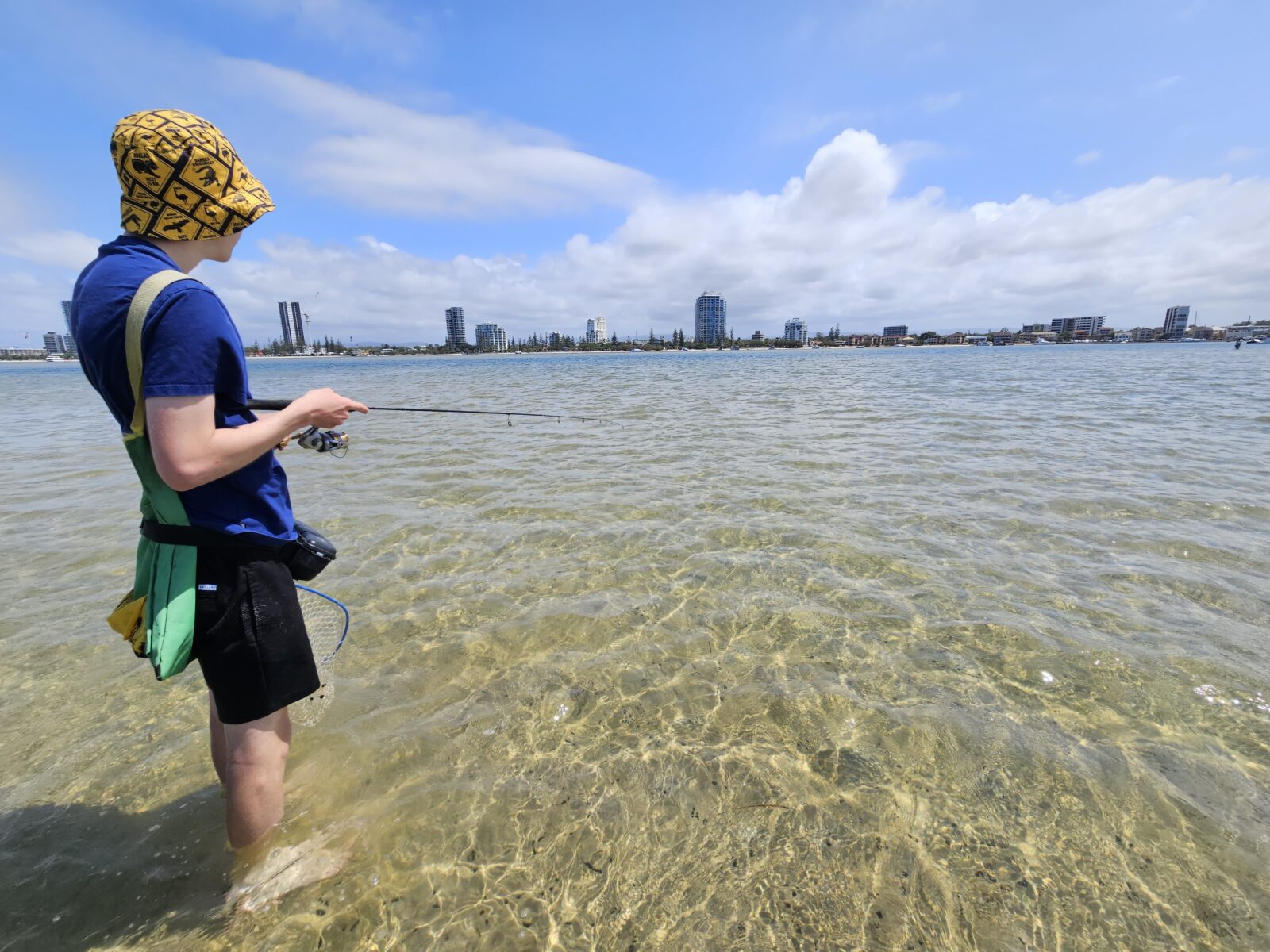
But there’s much more to the Broadwater than flatties, as I discovered on a recent visit to the Gold Coast.
Fishing with guide Clint Ansell from Gold Coast River Fishing Charters had been on my “to-do list” for some time.
Clint runs a variety of estuary charters to suit the tastes of beginner and experienced anglers, from luring the Nerang River for flathead and trevally to wading the extensive Broadwater flats for fighting sand whiting.
Our trip coincided with mid-October, a period where the water in the shallows warms rapidly, drawing massive numbers of whiting over the vast nipper beds and into areas no more than knee deep.
So, choosing the wading for whiting option was, well, a no-brainer!

Clint believes that a finesse approach is absolutely imperative if you’re going to fool any of the Broadwater’s flighty whiting, which see a lot of boats, cormorants, predatory fish and recreational anglers.
His deadly technique involves casting unweighted nippers (or yabbies) on ultra-light spin tackle and 4lb fluorocarbon.
The light fluorocarbon is fished all the way through – no braid. The fact that it sinks, has a little bit of give and is near-invisible, makes it the perfect choice for this style of fishing.
With the bail arm open and fingers on the line, the technique involves wading up and down the flats, waiting for a hit.
It is crucial to keep the bait moving – a stationary nipper tends to be easy pickings for toads, small bream and stingrays.
Once a subtle bite is felt, it is simply a matter of giving a bit of line and waiting 10-20 seconds before striking.
Most of the time this results in a solid hook-up, with the whiting – even the little fellas – giving a great account of themselves in the shallows on such skinny gear.
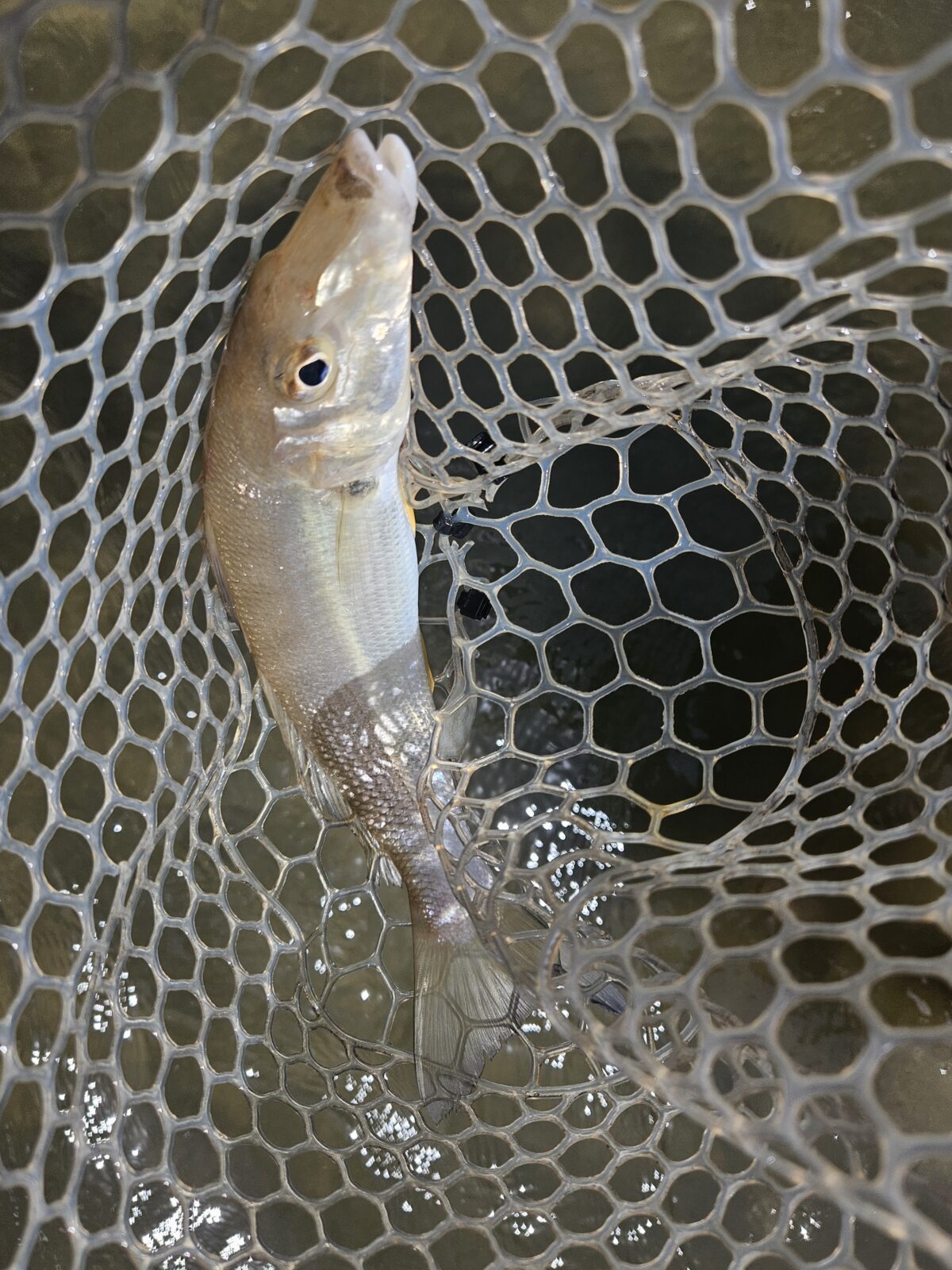
With a light drag setting, a 30cm-plus sand whiting pulls string like a baby bonefish over the flats.
You know they’re not going to bite you off, snag you or throw the hooks either, so you can let them run and enjoy the fun.
And fun it was!
We would have landed 40 fish for the session, including 20 keepers. Ninety per cent were sand whiting, but we also encountered bream, tarwhine, flathead, flounder and a handful of cranky long tom.
We fished a making tide, which was perfect. It allowed us to collect bait at the bottom the tide and fish over the yabby beds as the water advanced.
All the action was in ultra-shallow water. In fact, we did not catch a fish in water more than thigh deep.
Another plus was the fact we had the flats to ourselves – we didn’t see another angler on our patch in 6 hours.
Our fellow fishers were focused on the deeper water and drop-offs under the bridges and around the river and creek mouths.
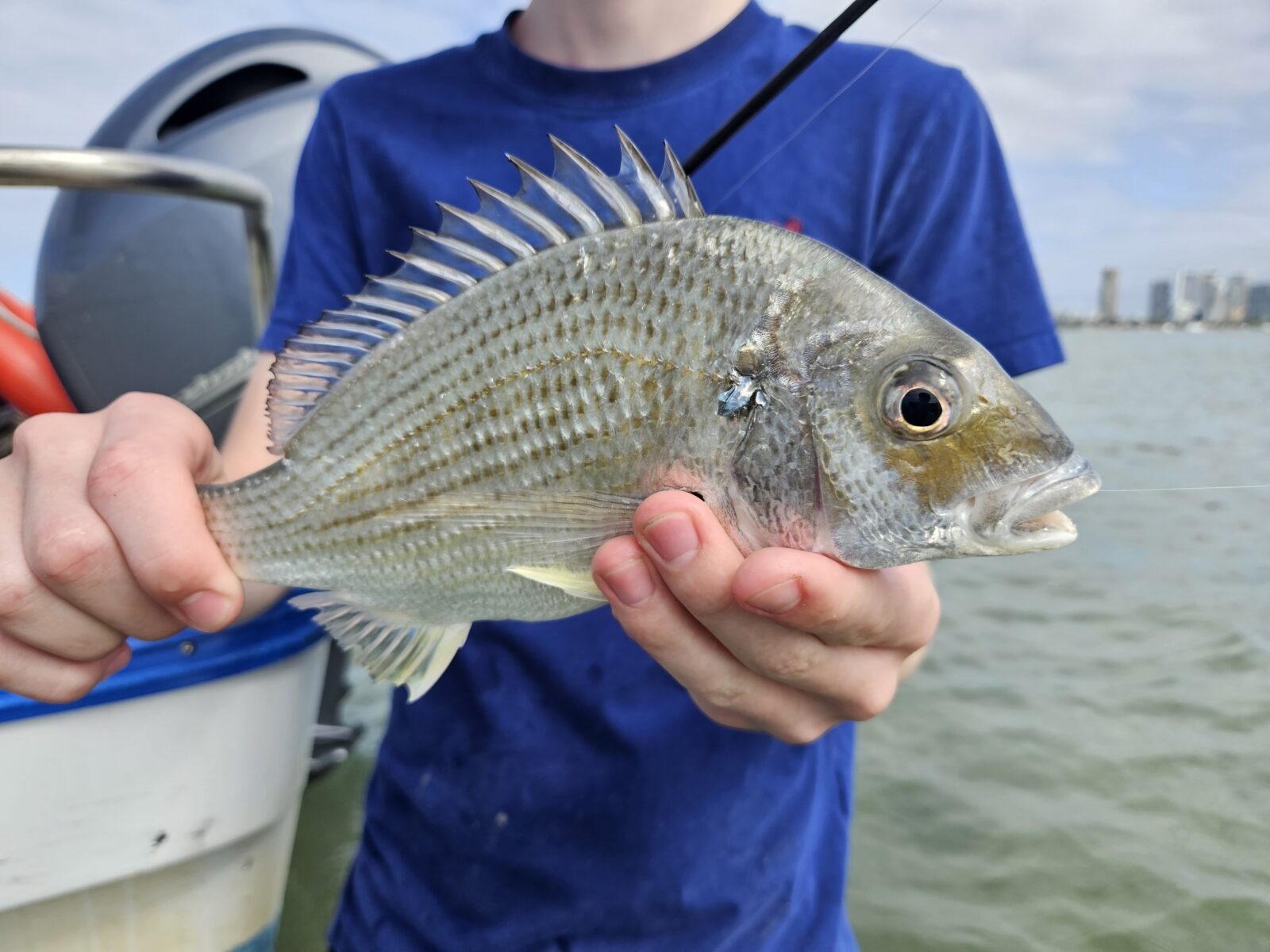
This is typical, according to Clint. The Broadwater shallows receive comparatively little in the way of fishing pressure, regardless of the season.
Traveling from the southern states to Queensland to target a bread-and-butter species might seem like an odd thing to do, but this trip was more than about catching a feed of fish for the barbecue.
Clint’s technique is truly deadly, and I will definitely take the lessons I learned and apply them to my local waterways on the NSW far south coast this summer.
If you live on or near the Gold Coast, or are planning to go there in the future, I highly recommend checking out Gold Coast River Fishing Charters.
Visit goldcoastrivercharters.com or SMS Clint on 0432990302.





